Luke Lorentzen: Santa Cruz del Islote
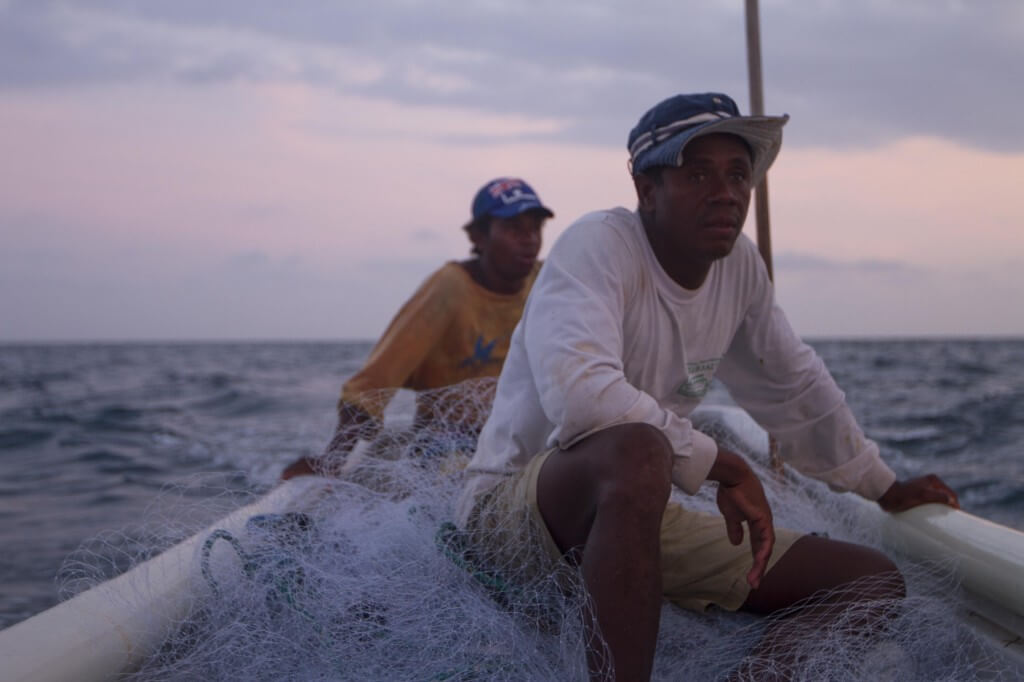
Santa Cruz del Islote, a short documentary film by first time director Luke Lorentzen tells the story of a three-acre island about fifty miles off the coast of Cartagena, Colombia. Santa Cruz del Islote is a community of about 600 people making it one of the most densely populated islands in the world. The region’s once lucrative fishing, which encouraged such over development, has dwindled in recent years, and the island’s subsistence has become increasingly uncertain. The film follows a fisherman and a nine-year-old boy capturing the complexity of a peaceful way of life no longer sustainable due to environmental changes, resource management, and the increasing demands of globalization.
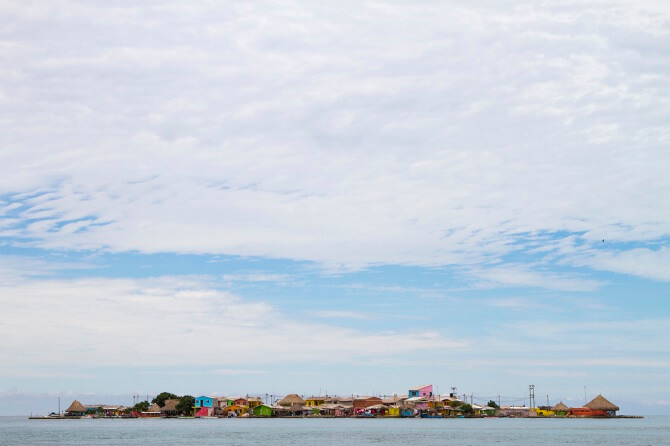
Tell me of how you first learned of Santa Cruz del Islote and what motivated you to make a film there. How long did you spend filming and how did you determine who to talk to and where to focus your camera?
I first heard about the island Santa Cruz del Islote through a Colombian friend of mine. After he found out I was looking for potential film ideas, he came to me with a photograph of the place. I was totally fascinated and started to pursue the idea of traveling down there. I didn’t go with a specific notion of what the film would be about, but knew that such a unique environment would have something of interest. And I knew I wanted the film to be quite simple in its message— to show a way of life that many would otherwise not see and understand.
After arriving to the Island, I spent a few weeks just walking around and talking to everybody I could. It was through this process of meeting different families that I found Juancho and Juan Pablo, the two central characters in the film. They were both energetic about the project, and in a sense spoke for two generations, which I thought was quite important to show.
An island community as dense as Santa Cruz means that there is a strong sense of family. But they are also isolated by nature. The children you interviewed have a strong sense of determination but the island’s subsistence has become increasingly uncertain as fishing declines. Did you know that this was the central conflict? How might the island survive without fishing?
I didn’t know that the decline in fish as the island’s central resource would end up being the film’s central tension. I went there thinking issues of population density and community would be more central. However, the story really became one of a community that is dependent on a single pillar of support (fish), which is quickly disappearing and leaving them in a difficult spot. And it’s tough to know how the island is going to push through this transition. At the moment, much their “new” economy is dependent on tourism. People come from Cartagena and other coastal cities to the region of Islote to explore the nearby islands, snorkel, etc. The residents of Islote have been able to sell these visitors various things such as shells, crafts, and local foods. It’s not nearly enough of an income, but has been a fundamental part of this move away from fishing.

In some ways the island is a microcosm of what is happening on a global scale. How did your perspective on the island change during the production process?
I wanted the film to be much more of a character piece than a broad statement regarding global issues of environmentalism. I didn’t really have a direct message in my head as I made the film. That being said, I think it definitely does speak to issues of population and resource management when viewed in that light. As a filmmaker, it’s great to see the film function in a variety of contexts and with a variety of messages depending on what perspective the viewer brings to the film.
Eric Kuhn composed the music for the film but I notice that you leave a lot of the scenes to the sounds of water, gas motors, and ambient sound. The music punctuates the film, giving time for reflection. Was this intentional?
Having little music was very intentional. I spent a lot of time walking around the village and out on the water with just microphones, focusing on sound and the moods these sounds could communicate. It was actually a tough decision to know if music was needed at all, but I think Eric’s work adds a nice sense of depth to the story.

I am impressed by the underwater camera work and how light the fishermen, Juancho/Juan Pablo, are on their feet while desperately trying to untangle a fishing net. Did you envision an underwater sequence? How did that come about?
I definitely knew that a lot of this world would happen underwater. Before going, I heard some of the fishermen would free dive with spears to hunt fish and catch lobsters and crabs. Some say they can go up to 60 meters down, and that sounded amazing. When I went fishing with Juancho for the first time, I jumped overboard and saw everything they were doing with the net. That was when I knew I had a film.
Tell me a story about production. Were there characters or ideas abandoned in production or in the edit? How were you received? What was the greatest thrill or challenge along the way?
One of the most exciting days was my first, when I arrived to the island. Although my friend Santiago had arranged my trip and had spoken with some of the islanders about my visit, I was incredibly nervous. But after just 30 minutes there, I could tell they were just some of the nicest and welcoming people. Nobody looked at me weird, and I could just feel their kindness and curiosity. Juan Pablo, the little boy in the film, actually grabbed my backpack and helped me carry it to the little room where I would be staying.
I think the biggest challenge along the way has been the process of representing these people and their way of life. I have spent a lot of time thinking about my role as a filmmaker in bringing their story to viewers and the effects of that process on their way of life. This is also my first film, so the entire process of shooting and editing was new to me, which was both incredibly exciting but also challenging at times.
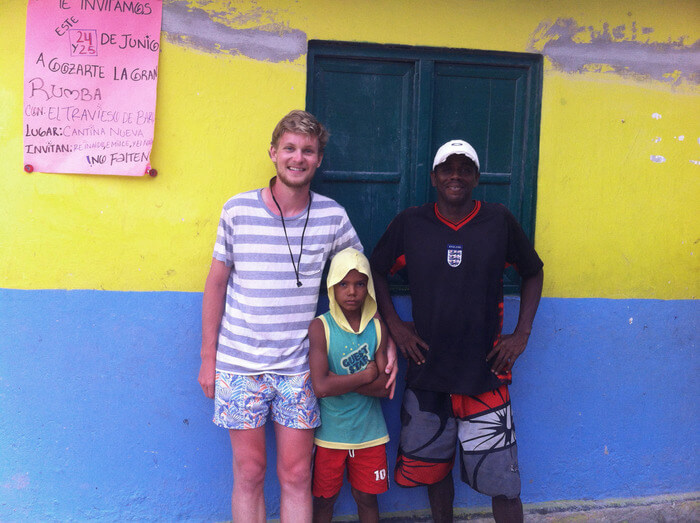
What do you have planned for the future?
I am currently working on my first feature, which is a documentary about barbershops and hair salons throughout the cultural enclaves of New York City. I am hoping to have it done by May of this year. We’ll see what the next step is once that is done!


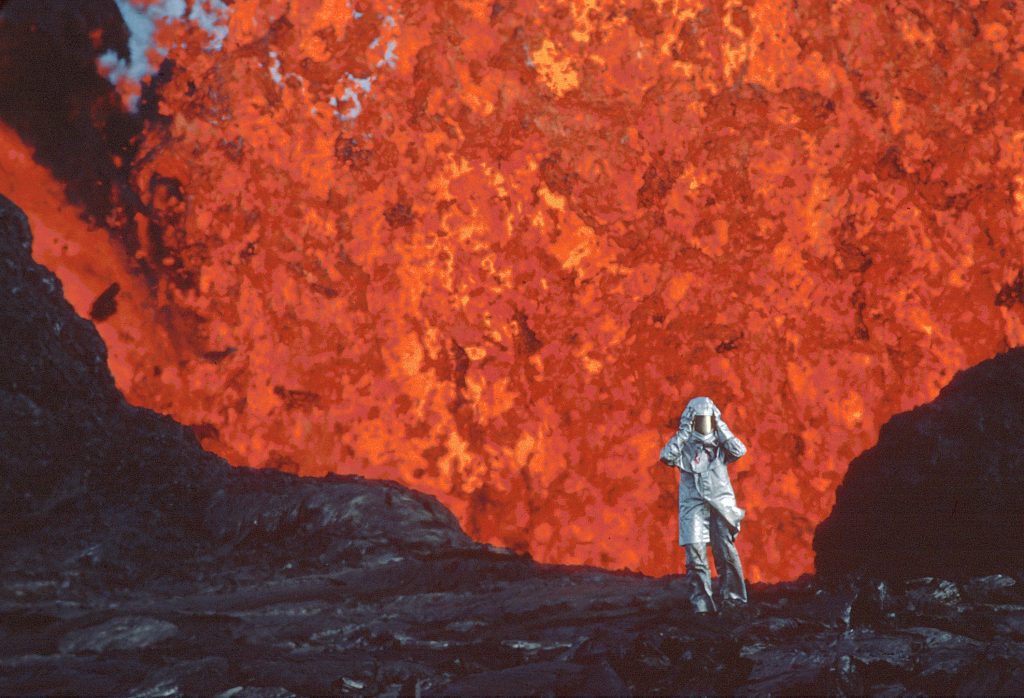
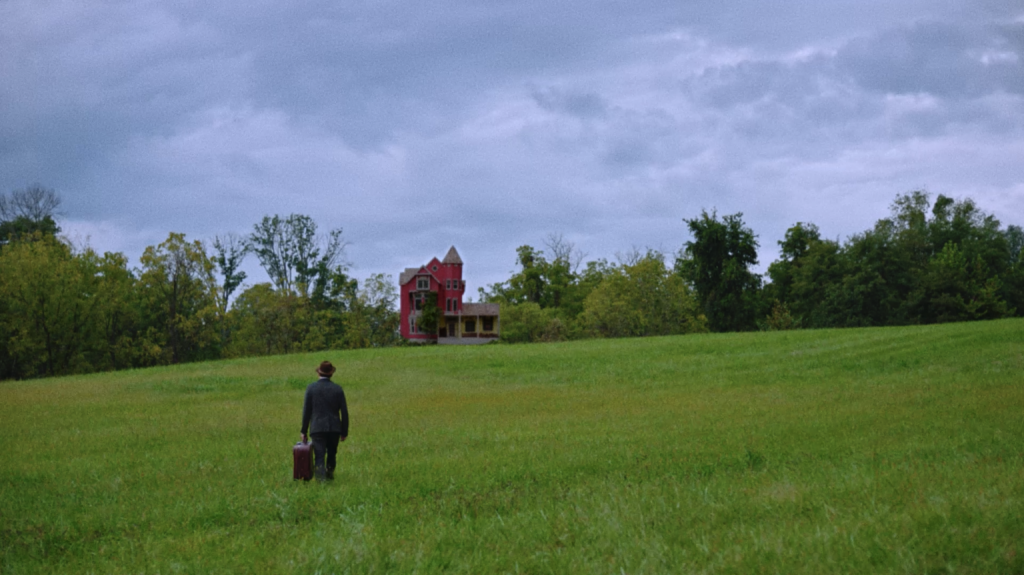
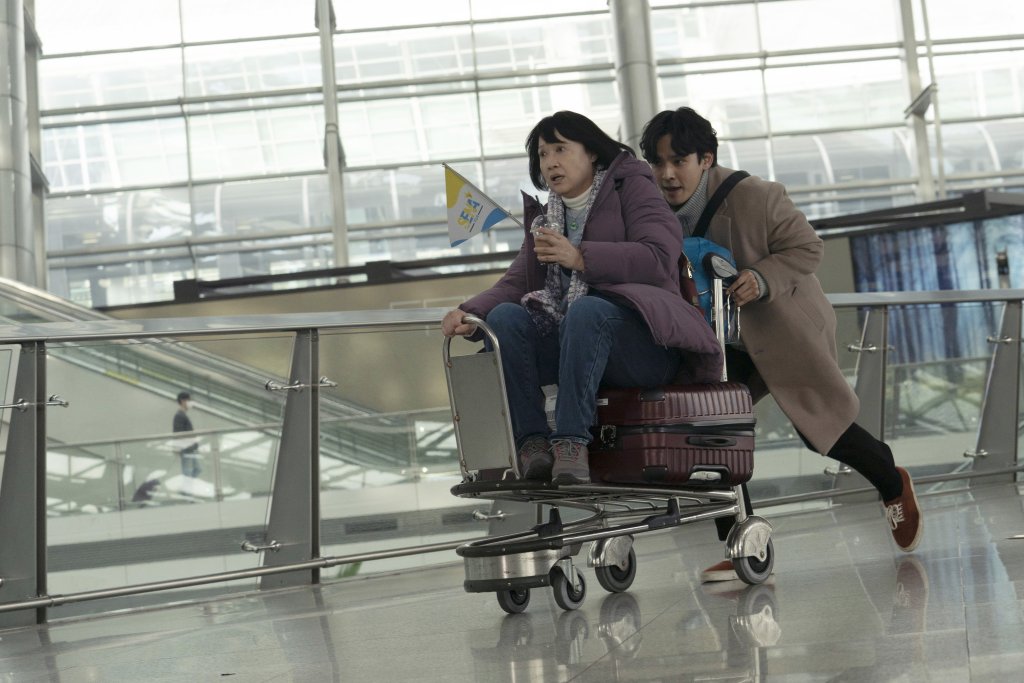
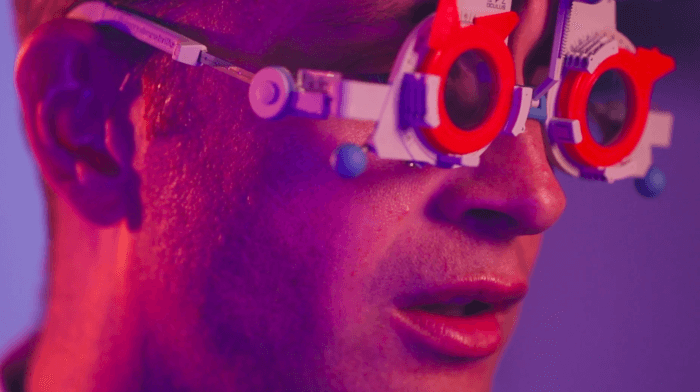
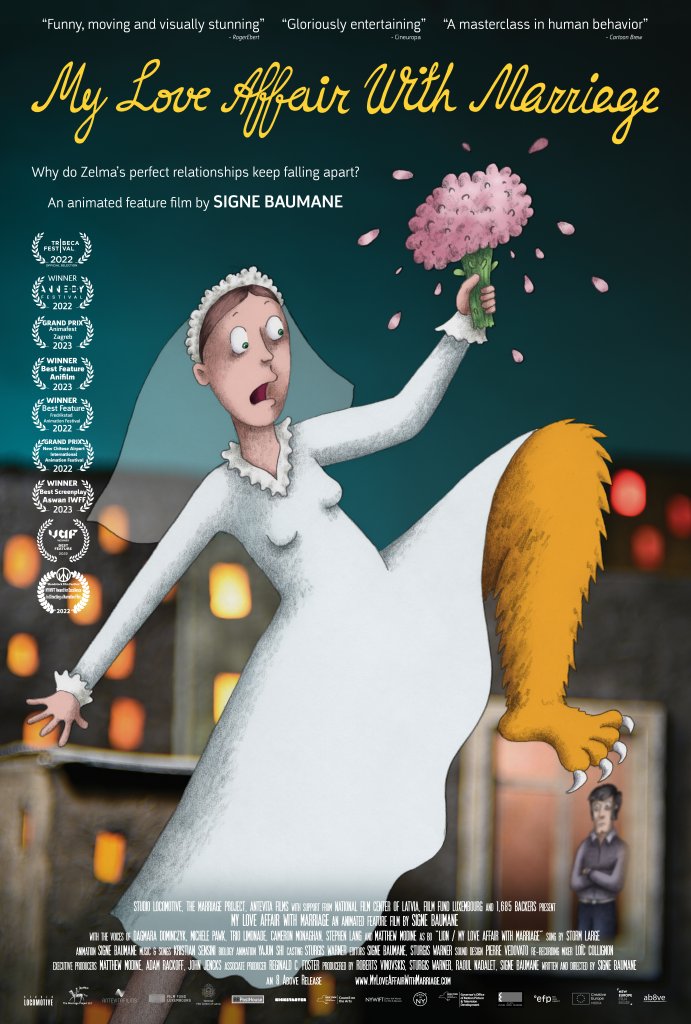


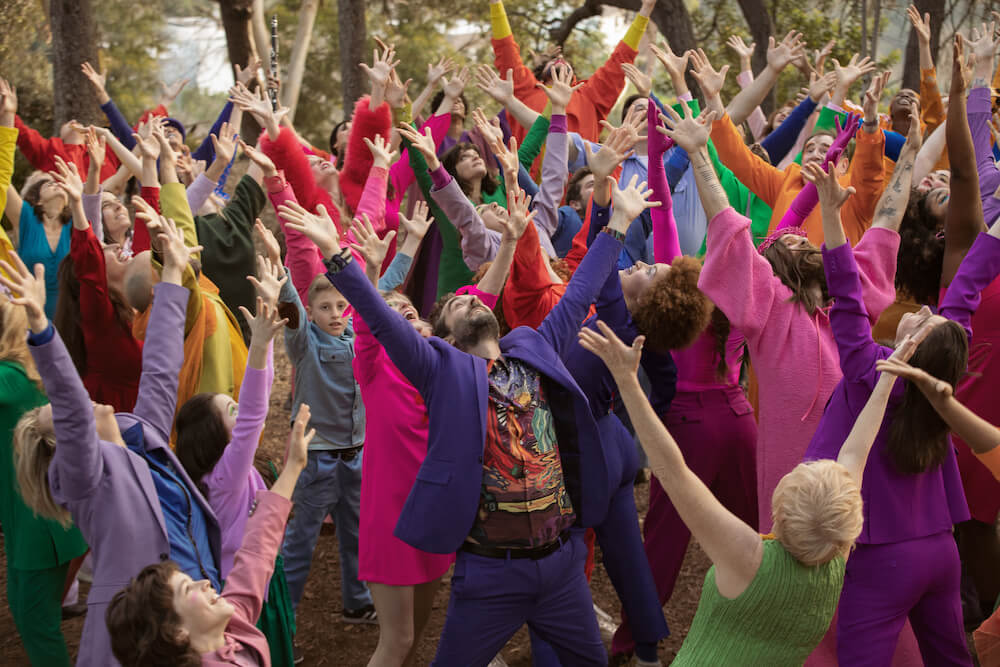
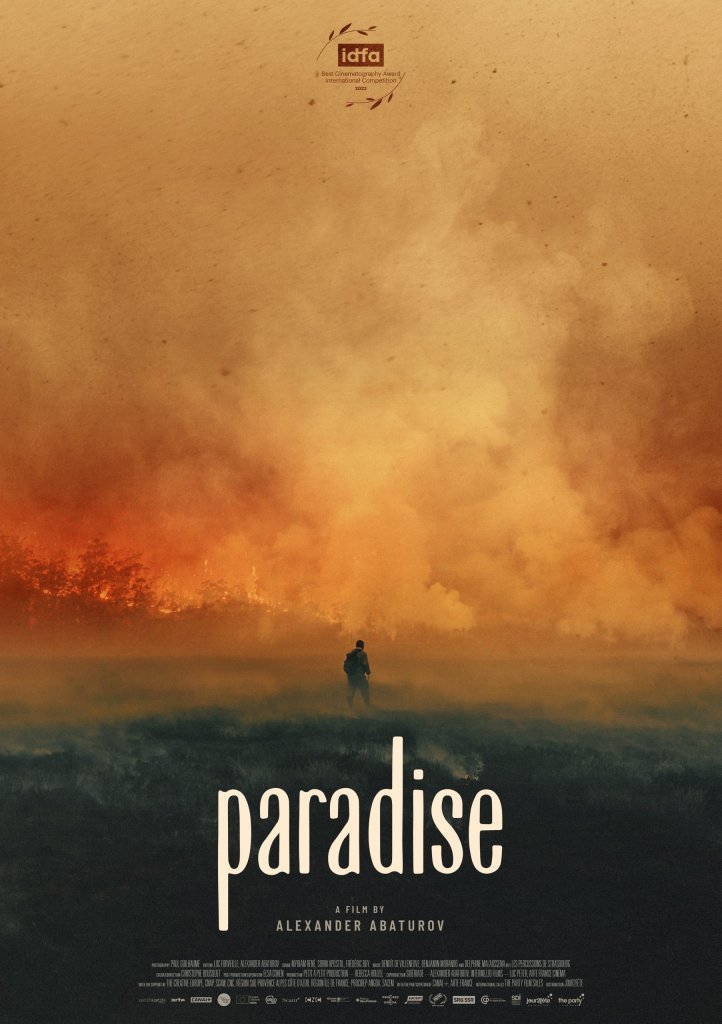
Responses